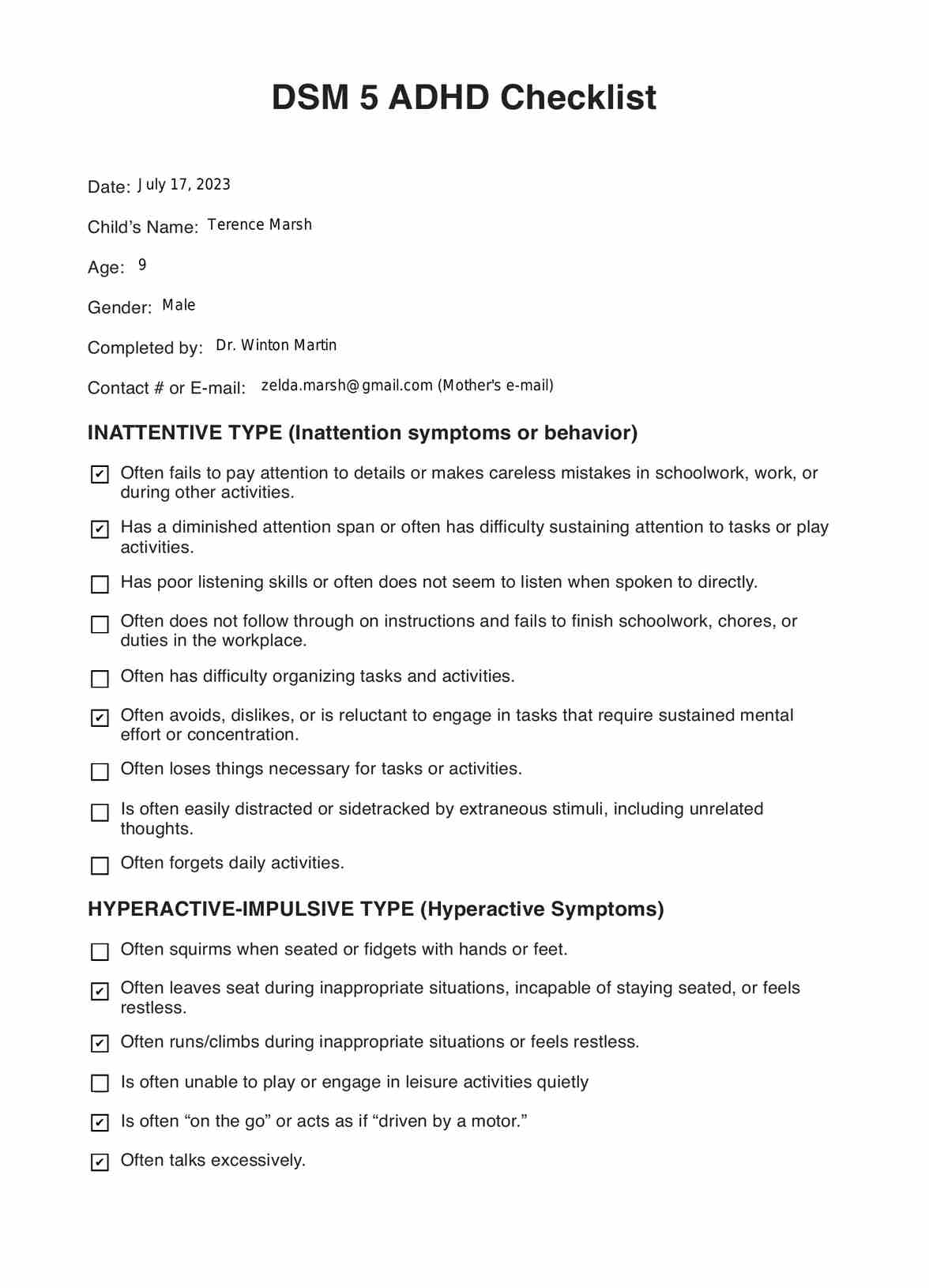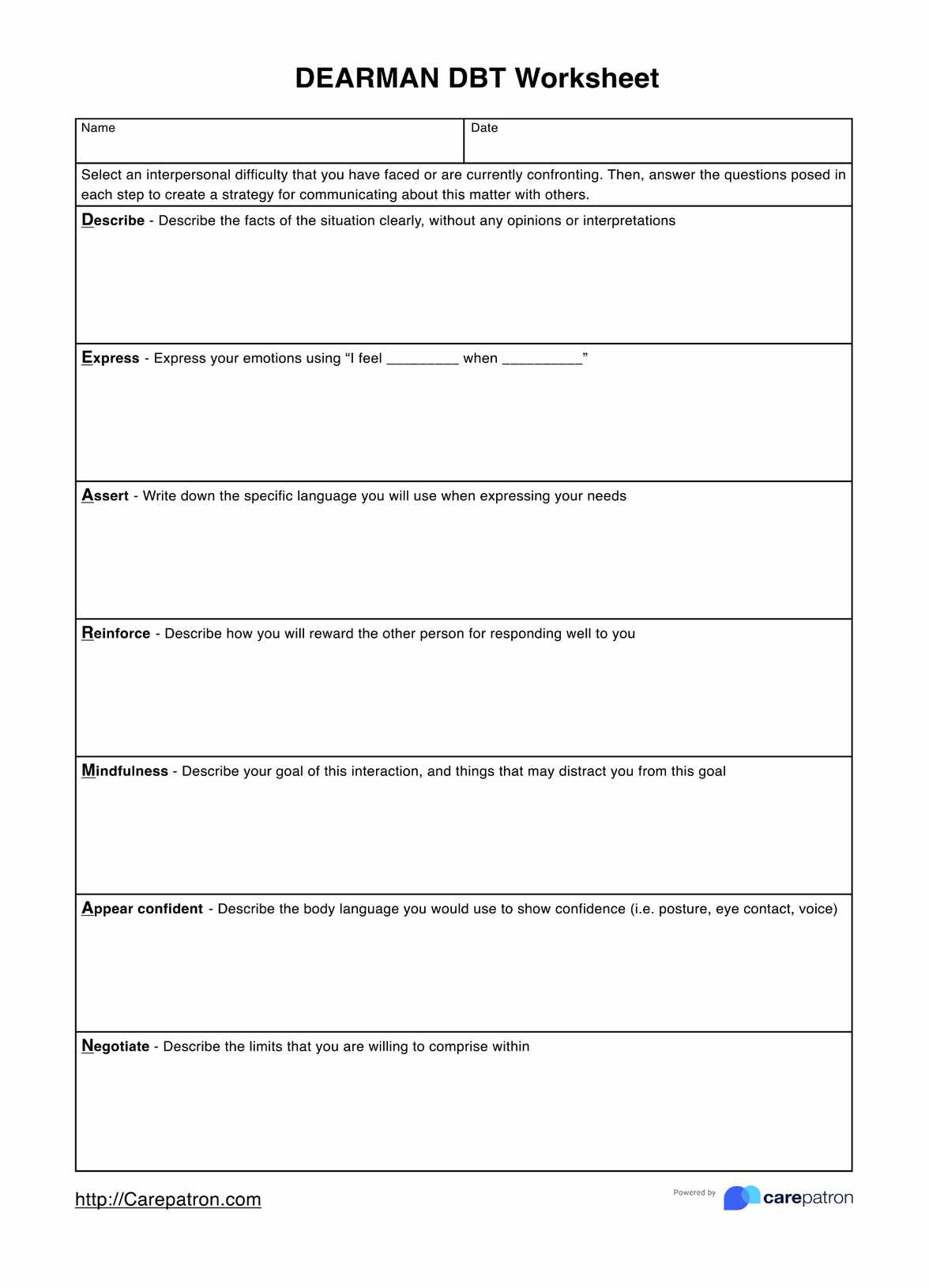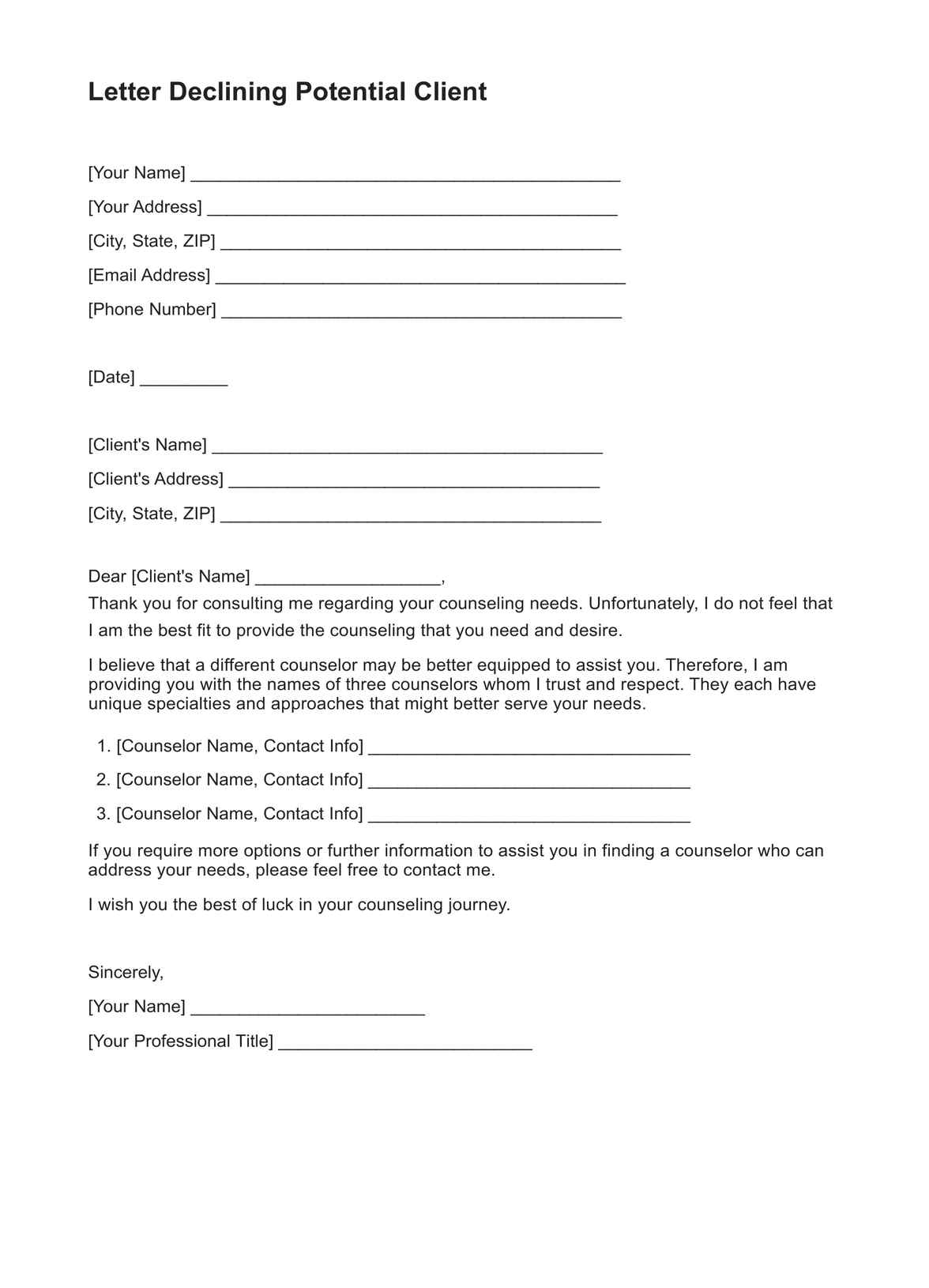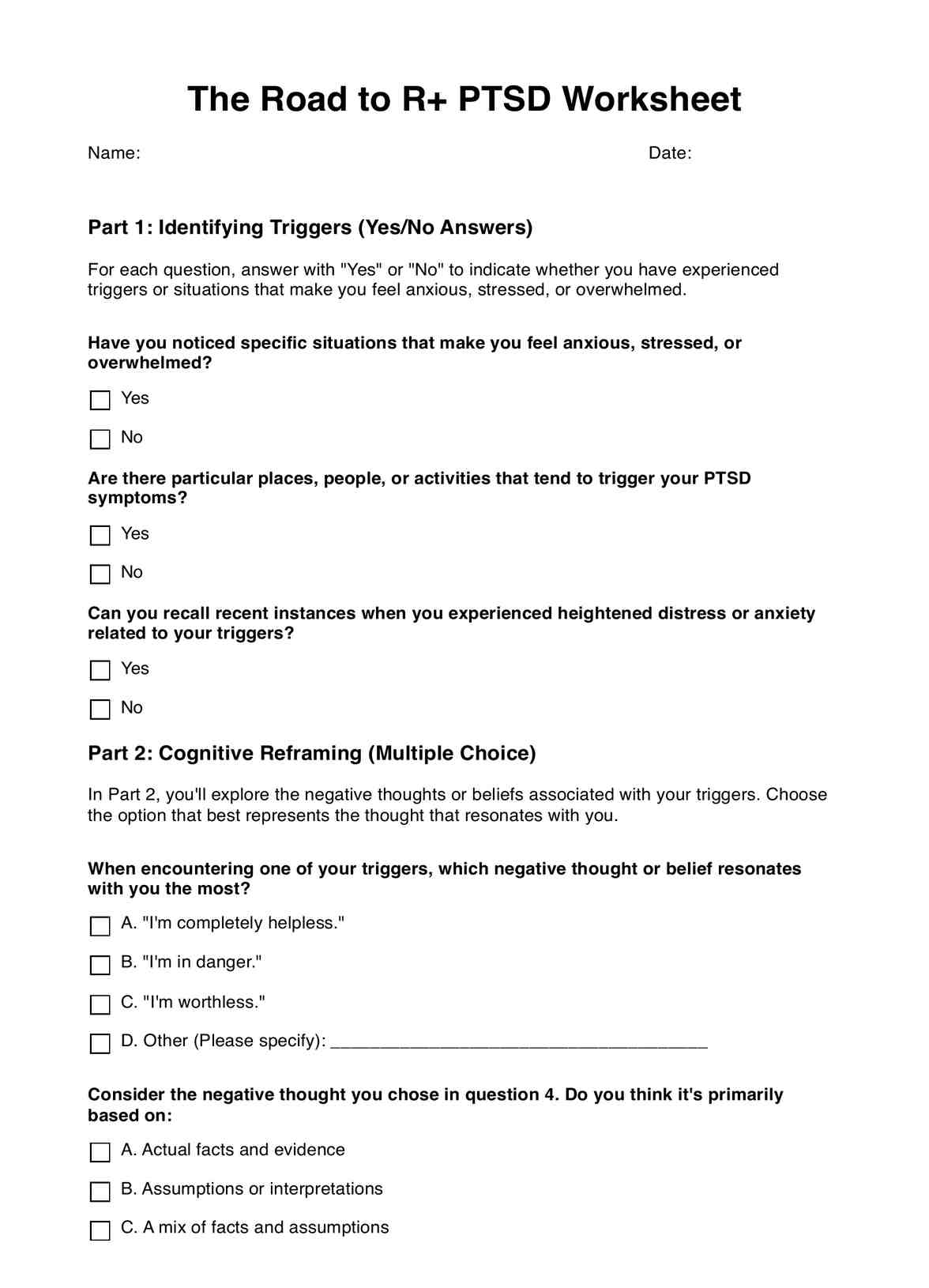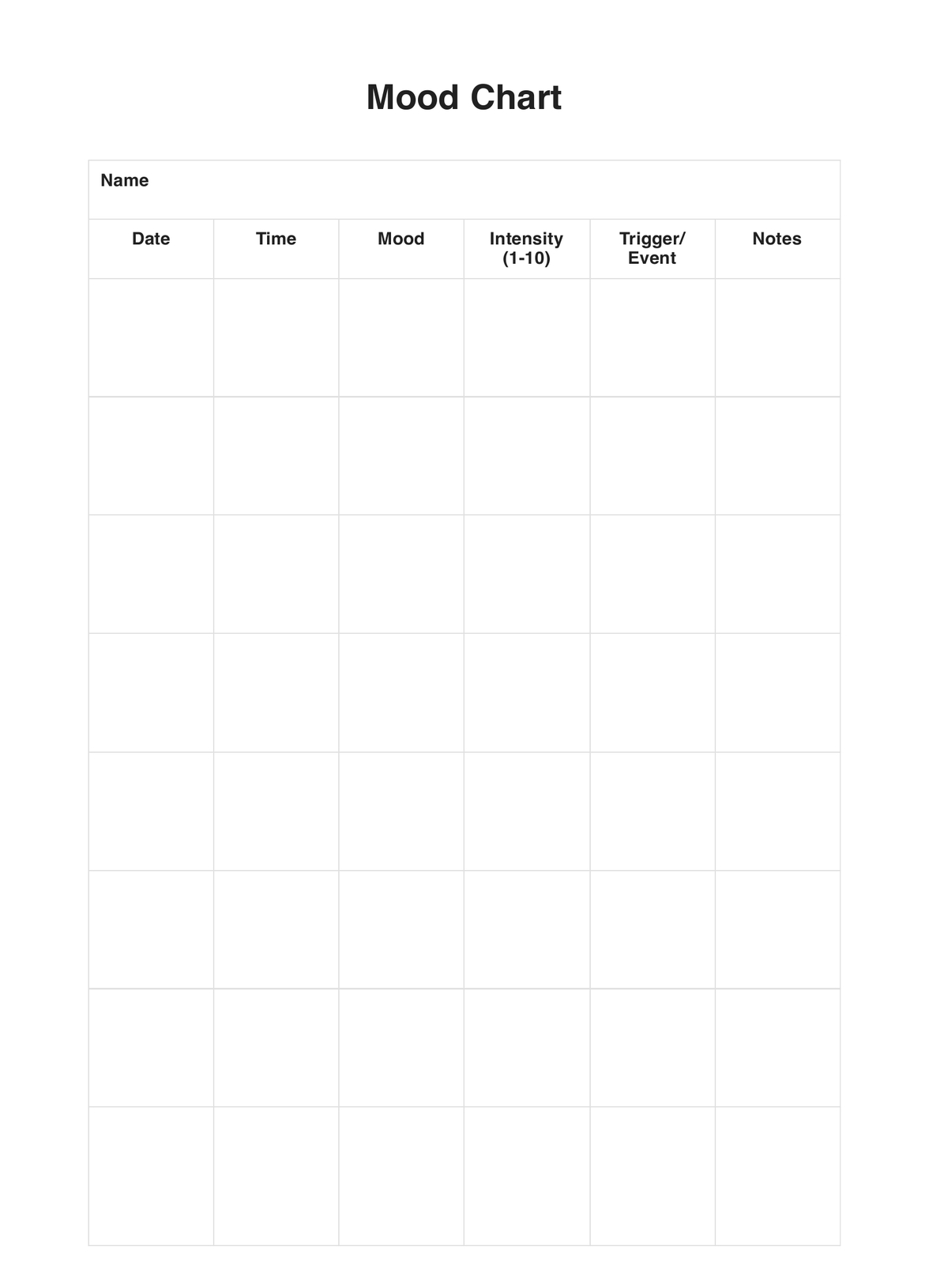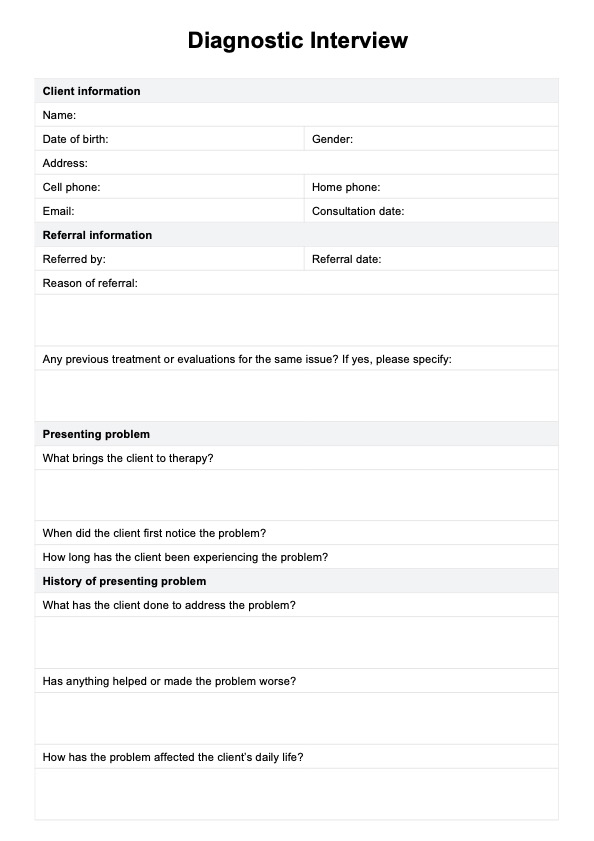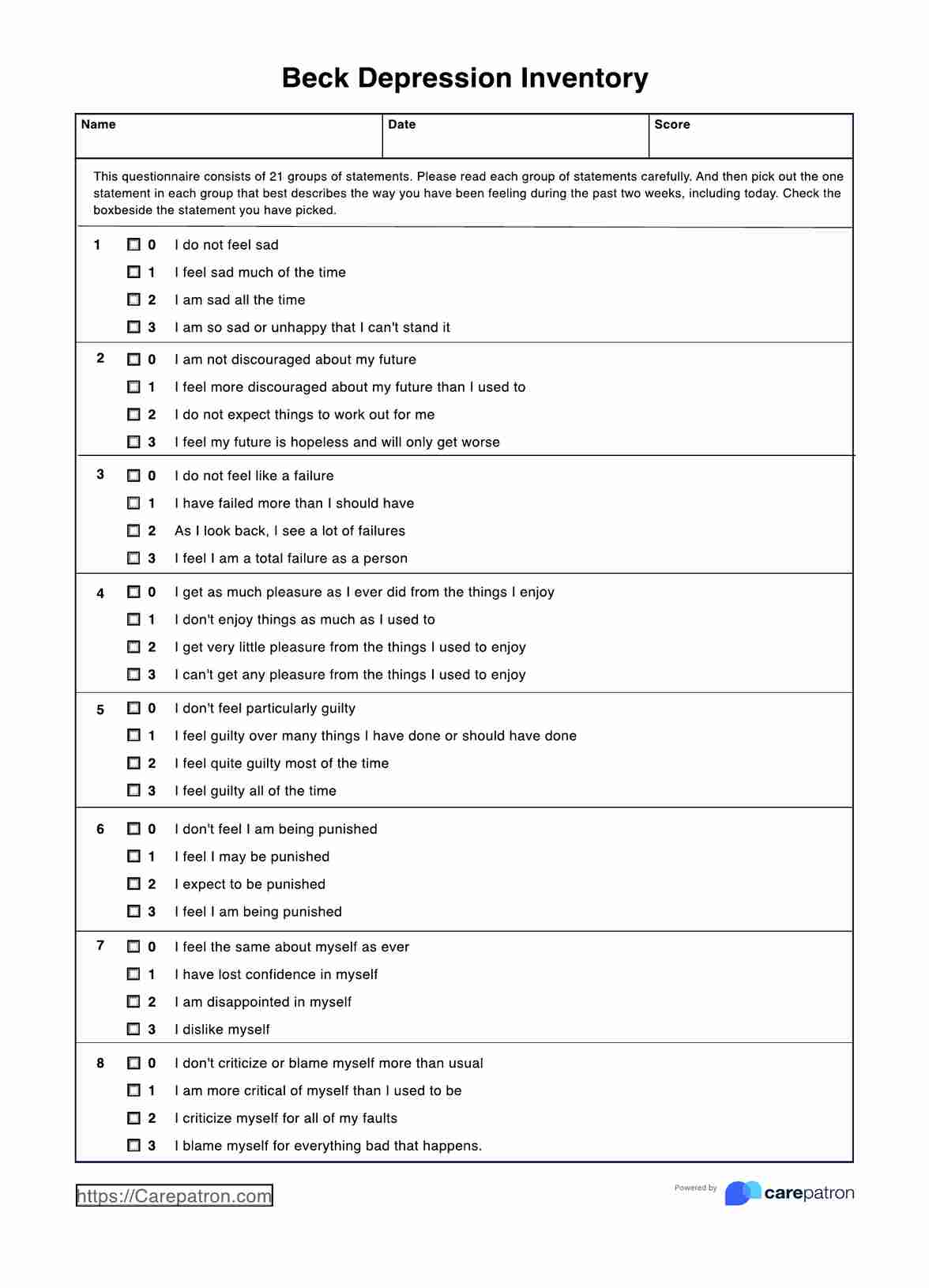Shame and Guilt Worksheet
Explore our comprehensive Shame and Guilt Worksheet guide to process and manage these complex emotions effectively for better mental health.


What is the Shame and Guilt Worksheet?
Shame and guilt are two interconnected yet distinct emotions that everyone experiences at some point in their lives. Both can have a profound impact on how individuals perceive themselves, their actions, and their relationships with others, making it essential to understand and address these emotions constructively.
Shame often arises from the belief that one has failed to meet personal, societal, or external expectations. It can evoke a deep sense of inadequacy or inferiority, challenging an individual’s sense of self-worth. This emotion tends to focus on the perception of being fundamentally flawed, leading to feelings of worthlessness and a desire to withdraw from others.
Guilt, by contrast, is typically tied to specific actions or behaviors that are perceived as wrong or harmful. It involves feelings of regret or remorse, particularly when one believes their actions have negatively affected others. Unlike shame, which is centered on self-perception, guilt focuses on accountability for behaviors and their consequences. Guilt can often motivate individuals to reflect, make amends, and take steps toward positive change.
Our Shame and Guilt Worksheet is designed to help individuals explore these emotions in depth, providing a structured approach to reflect on personal experiences, identify patterns, and develop strategies for managing shame and guilt more effectively. By working through the worksheet, clients can gain greater insight into these emotions, their triggers, and how to navigate them in a healthy and constructive way.
Shame and Guilt Worksheet Template
Shame and Guilt Worksheet Example
How to use our Shame and Guilt Worksheet
Follow this step-by-step guide to effectively integrate the worksheet into your practice:
Step 1: Access and download the worksheet
You can access the Shame and Guilt Worksheet directly through this guide. Click “Use Template” to open it with the Carepatron app and customize it to meet your client’s needs. Alternatively, download a fillable PDF version for manual use.
Step 2: Introduce the worksheet to your client
Explain the worksheet’s purpose to your client, emphasizing how it can help them process shame and guilt effectively. Highlight its role in fostering self-awareness, identifying emotional triggers, and supporting positive change.
Step 3: Complete the reflection section
If the worksheet is completed during the session, guide your client through its prompts. Encourage them to reflect on how shame and guilt have influenced their thoughts, behaviors, and relationships, fostering deeper insights into these emotions.
Step 4: Collaborate on strategies for managing shame and guilt
Use the strategies section to build on the client’s reflections. Help them identify practical techniques like reframing thoughts, practicing self-compassion, and setting boundaries. Work together to create personalized, actionable steps for addressing these emotions constructively.
Step 5: Store and document the worksheet securely
To maintain confidentiality, store completed worksheets securely. For digital files, considering using Carepatron’s encrypted software, and for physical copies, ensure they are kept in locked, restricted-access storage areas.
Benefits of the Shame and Guilt Worksheet
The Shame and Guilt Worksheet offers numerous benefits for clients and healthcare professionals, providing a structured way to explore these complex and often overwhelming emotions.
Helps distinguish between shame and guilt
Shame and guilt are distinct emotions, each with unique impacts on mental health and behavior. Shame often arises from feeling inadequate or flawed, while guilt focuses on responsibility for specific actions that may have caused harm. This worksheet helps clients clearly define guilt and describe how these emotions affect their lives, fostering greater self-awareness.
Encourages reflection on past experiences
Clients can use the worksheet to reflect on situations where they experience shame or guilt, exploring the emotions tied to these events. By describing their feelings and actions, clients gain insight into how the past influences their current emotional state and relationships.
Reduces self-blame and promotes responsibility
High levels of self-blame can contribute to depression and feelings of worthlessness. The worksheet encourages clients to take responsibility for their actions without being overly harsh on themselves. It provides a space to focus on learning from mistakes and moving forward with greater self-compassion.
Supports improved mental health
By helping clients identify triggers for shame and guilt and recognize the difference between the two emotions, the worksheet empowers them to manage these feelings more effectively. This process can reduce feelings of "feeling bad" or stuck in cycles of negativity, leading to improved emotional well-being and a more balanced outlook on life.
Encourages insight into personal and societal expectations
Shame often stems from failing to meet expectations—whether personal or imposed by society. The worksheet helps clients explore these expectations and how they shape their emotions and behaviors, allowing for a deeper understanding of their emotional responses and how to navigate them constructively.
Strengthens therapeutic engagement
For clients who find it difficult to express their emotions verbally, the worksheet offers a safe way to share their thoughts and feelings. It opens the door to meaningful discussions, fostering trust and a stronger therapeutic alliance.
Commonly asked questions
The worksheet helps clients explore feelings of shame and guilt—two negative emotions often tied to one’s sense of self and identity. Shame arises when a person feels flawed or unworthy, while guilt focuses on specific actions, like a hurtful act toward another. By reflecting on these feelings, clients can better understand emotional responses, gain hope for growth, and improve how they cope with difficult experiences.
Yes, the worksheet is helpful for clients overwhelmed by emotions like anger, depression, or self-blame. It encourages reflection on past actions and responses, helping clients escape cycles of guilt and shame. By focusing on forgiveness—whether for oneself, a child, a husband, or others involved—the worksheet fosters emotional healing and personal growth.
Shame and guilt often affect relationships, whether with children, partners, or others. The worksheet helps clients reflect on how these emotions influence interactions, identify where they may have hurt someone or acted morally wrong, and lead them to attempt making amends. It ultimately supports building healthier relationships by improving understanding and emotional responses.
Therapists can use the Shame and Guilt Worksheet in counseling to help clients explore and understand emotions tied to their identity, brain responses, and behaviors. This resource is particularly helpful for clients who feel shame but struggle to verbalize their emotions, as it provides a structured outlet for reflection and comments. By encouraging clients to give more attention to the factors that matter in their emotional experiences, therapists can gain valuable insights to tailor counseling strategies. This approach guides clients toward coping with shame and guilt, fostering emotional growth and resilience.


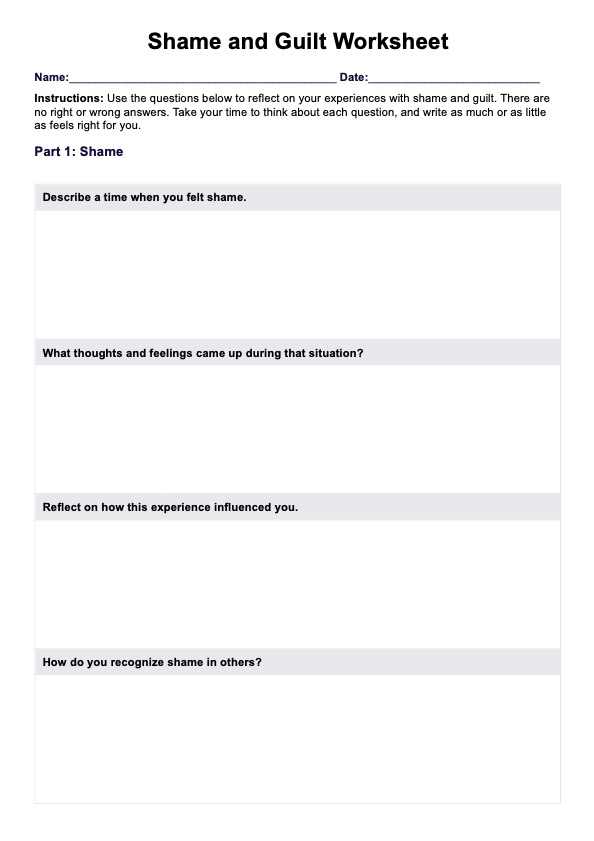
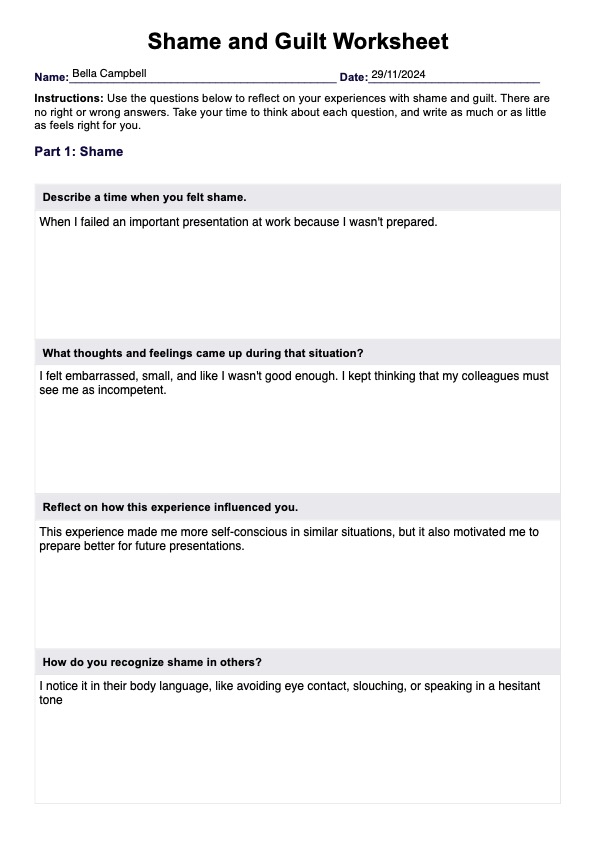

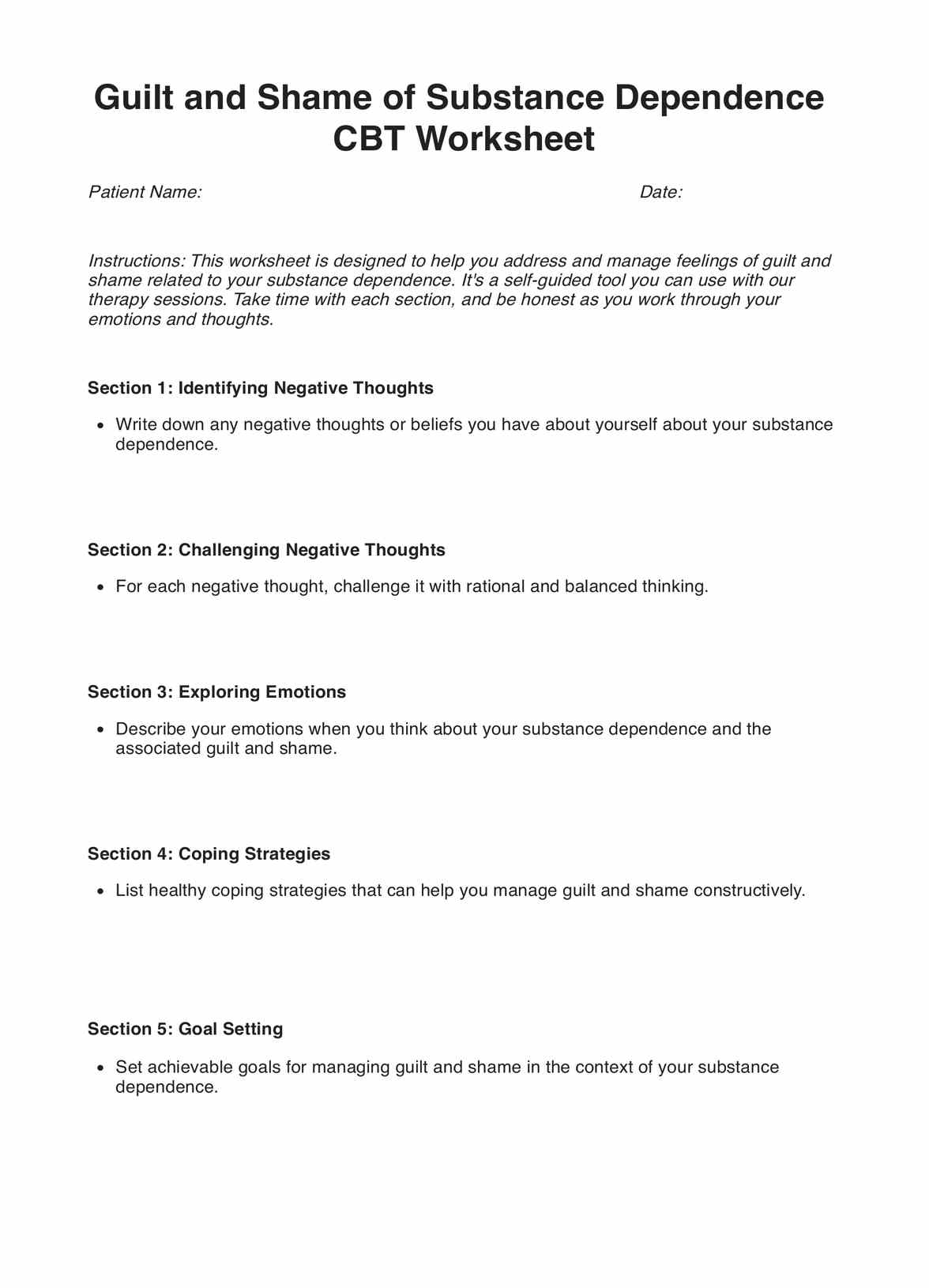
















-template.jpg)



















































































